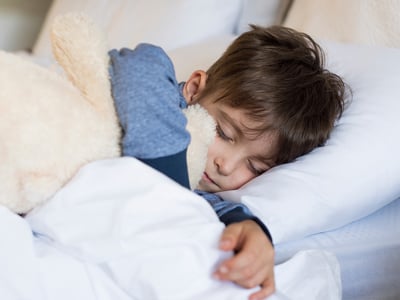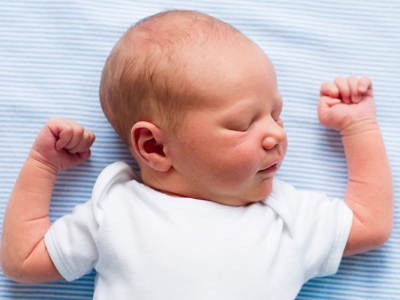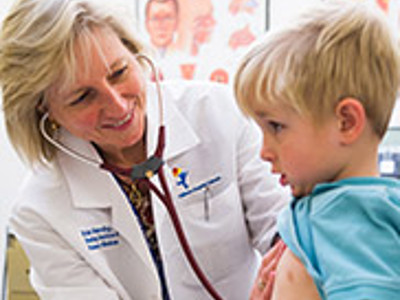- Doctors & Departments
-
Conditions & Advice
- Overview
- Conditions and Symptoms
- ¿Está enfermo su hijo?
- Parent Resources
- The Connection Journey
- Calma Un Bebé Que Llora
- Sports Articles
- Dosage Tables
- Baby Guide
-
Your Visit
- Overview
- Prepare for Your Visit
- Your Overnight Stay
- Send a Cheer Card
- Family and Patient Resources
- Patient Cost Estimate
- Insurance and Financial Resources
- Online Bill Pay
- Medical Records
- Política y procedimientos en el hospital
- Preguntamos Porque Nos Importa
-
Community
- Overview
- Addressing the Youth Mental Health Crisis
- Calendar of Events
- Child Health Advocacy
- Community Health
- Community Partners
- Corporate Relations
- Global Health
- Patient Advocacy
- Patient Stories
- Pediatric Affiliations
- Support Children’s Colorado
- Specialty Outreach Clinics
Your Support Matters
Upcoming Events
Colorado Hospitals Substance Exposed Newborn Quality Improvement Collaborative CHoSEN Conference (Hybrid)
lunes, 29 de abril de 2024The CHoSEN Collaborative is an effort to increase consistency in...
-
Research & Innovation
- Overview
- Pediatric Clinical Trials
- Q: Pediatric Health Advances
- Discoveries and Milestones
- Training and Internships
- Academic Affiliation
- Investigator Resources
- Funding Opportunities
- Center For Innovation
- Support Our Research
- Research Areas

It starts with a Q:
For the latest cutting-edge research, innovative collaborations and remarkable discoveries in child health, read stories from across all our areas of study in Q: Advances and Answers in Pediatric Health.


Safe Sleep Tips for Babies (S2:E13)
Sudden, unexpected infant deaths can sometimes be attributed to suffocation or strangulation in the sleep environment. The vast majority, however, remain unexplained.
This episode of Charting Pediatrics explains how sudden infant death syndrome (SIDS) is like any other disease, with both genetic and environmental risk factors. Contributions of each are different for every person. When it comes to safe sleep for babies, there's a spectrum of vulnerability, and we don't know which babies are most vulnerable.
While we can't control genes, we can control the environment. Pediatric specialists from Children's Colorado review key recommendations, which include putting babies to sleep on their backs on a firm sleep surface that is next to, but separate from, the parents' bed.
Listen to pediatric experts discuss the importance of creating a safe sleep environment for babies
This episode was recorded live from the 2018 American Academy of Pediatrics (AAP) National Conference and Exhibition in Orlando, Fla. with Rachel Moon, MD, discussing safe infant sleep. Dr. Moon is the Division Head of General Pediatrics and professor of pediatrics at the University of Virginia School of Medicine, and Chair of the AAP SIDS Task Force.
We touch on the impact of public policy, and how paid parental leave ties into infant sleep safety. Those parents with generous time off are able to have a higher tolerance for infant arousability. Parents who are desperate for night sleep are likely to become less rational about their safety decisions.
In this episode, we review:
- The broad categories of sudden infant death syndrome (SIDS), including genetic and environmental risk factors
- The two categories of sleep recommendations: avoiding asphyxiation environments and improving arousability
- The recommended safe sleep environment for babies
- Arousability in infants and how it ties to SIDS
- Differences in serotonin uptake in SIDS deaths versus non sleep-related deaths
- Risks involved with both sleep assistance products and those associated with using breastfeeding pillows for infant sleep
- How to approach the co-sleeping conversation with families
- Maternity and paternity leave and the impact on sleep of parents and baby
- The protective impact of pacifiers on arousability of babies
SIDs prevention, co-sleeping and more
All the recommendations come down to research around arousability. Our experts define SIDS as ultimately a failure of arousal, in which an infant doesn't wake up to save itself from an asphyxiating environment. Autopsy studies comparing SIDS babies to non-SIDS babies show this can be a result of differences in levels of serotonin and substance P, which affects the infant's ability to lift its head and neck.
While risk profiling might be possible in the future, our current strategies depend on safe sleep advice. Listen to a discussion on how to talk to parents — without lecturing — about sleep products and their risks.
Share feedback with us about this episode, or suggest a future topic.



 720-777-0123
720-777-0123






